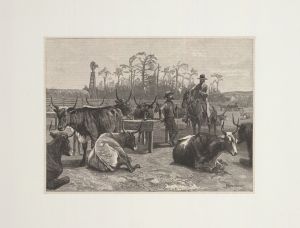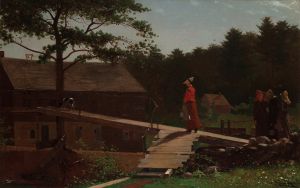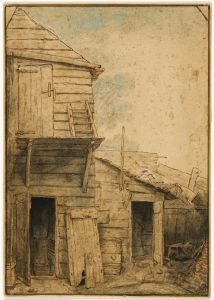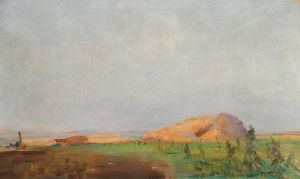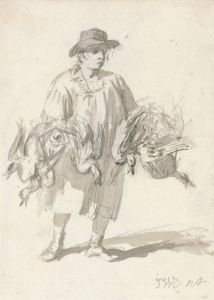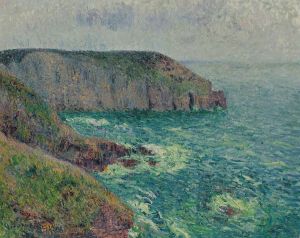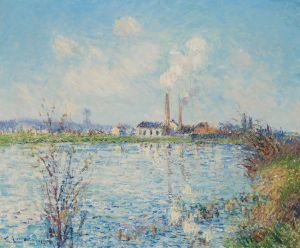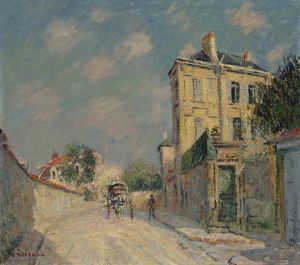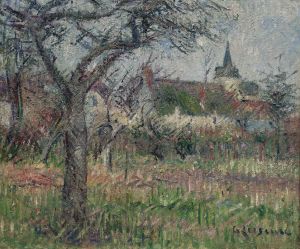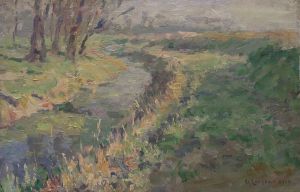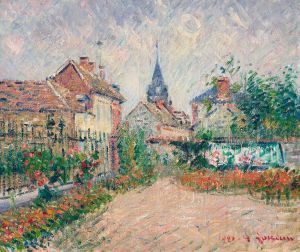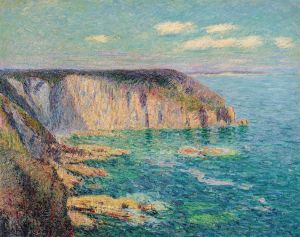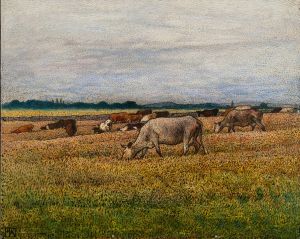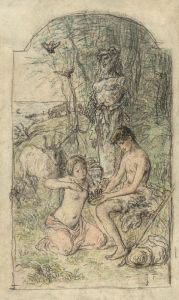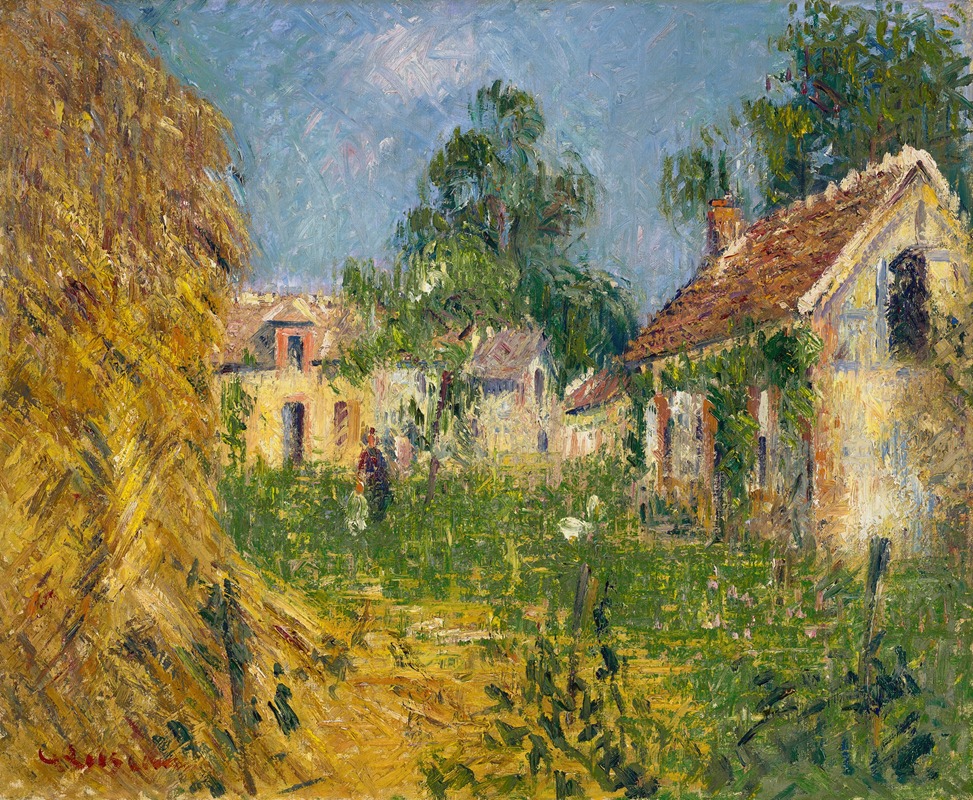
Petite ferme dans le Calvados
A hand-painted replica of Gustave Loiseau’s masterpiece Petite ferme dans le Calvados, meticulously crafted by professional artists to capture the true essence of the original. Each piece is created with museum-quality canvas and rare mineral pigments, carefully painted by experienced artists with delicate brushstrokes and rich, layered colors to perfectly recreate the texture of the original artwork. Unlike machine-printed reproductions, this hand-painted version brings the painting to life, infused with the artist’s emotions and skill in every stroke. Whether for personal collection or home decoration, it instantly elevates the artistic atmosphere of any space.
Gustave Loiseau (1865–1935) was a French Post-Impressionist painter known for his landscapes and scenes of rural life. He was associated with the School of Paris and is recognized for his contributions to the Impressionist movement, particularly through his use of color and light. One of his notable works is "Petite ferme dans le Calvados," which translates to "Small Farm in Calvados."
"Petite ferme dans le Calvados" is an exemplary piece that showcases Loiseau's skill in capturing the essence of the French countryside. Calvados is a region in Normandy, France, known for its picturesque landscapes, apple orchards, and traditional farms. This painting reflects Loiseau's affinity for rural settings and his ability to depict them with a sense of tranquility and natural beauty.
Loiseau's technique often involved the use of short, brisk brushstrokes, a hallmark of the Impressionist style, which he employed to convey the changing effects of light and atmosphere. In "Petite ferme dans le Calvados," this technique is evident in the way he captures the play of light on the farm buildings and surrounding vegetation. The painting likely features a palette of soft, muted colors, typical of Loiseau's work, which he used to evoke the serene and pastoral quality of the Normandy landscape.
Throughout his career, Loiseau was deeply influenced by the natural environment and the changing seasons, which is reflected in his choice of subject matter. He often painted en plein air, a practice popularized by the Impressionists, which involved painting outdoors to directly observe and capture the effects of light and weather. This approach allowed Loiseau to create works that were not only visually appealing but also imbued with a sense of immediacy and authenticity.
Loiseau's work, including "Petite ferme dans le Calvados," is characterized by a focus on composition and structure. He had a keen eye for the arrangement of elements within a scene, often using natural lines and forms to guide the viewer's eye through the painting. This compositional skill is evident in the way he balances the architectural elements of the farm with the surrounding landscape, creating a harmonious and cohesive image.
While Loiseau was not as widely known as some of his contemporaries, his work has gained recognition for its contribution to the Post-Impressionist movement. His paintings are appreciated for their ability to convey the quiet beauty of rural France and the subtle interplay of light and color. "Petite ferme dans le Calvados" is a testament to Loiseau's dedication to capturing the essence of the French countryside and his mastery of the Impressionist style.
Today, Loiseau's works, including "Petite ferme dans le Calvados," are held in various private collections and museums, where they continue to be admired for their artistic merit and historical significance. His paintings offer a glimpse into the rural life of France in the late 19th and early 20th centuries, preserving the charm and simplicity of a bygone era.





